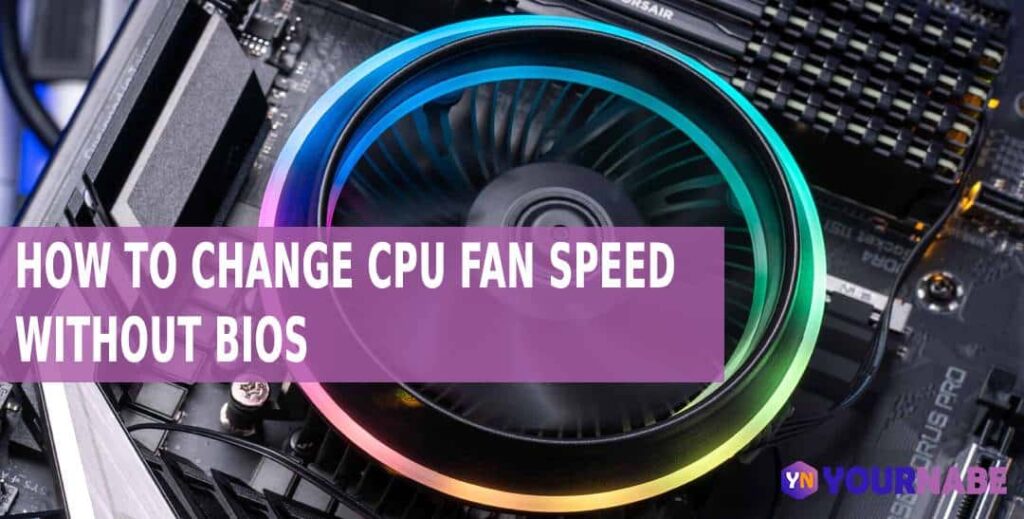
There is software you can download that will give you the option to tweak the speed of your CPU fan. If you feel uncomfortable making changes in your PC’s BIOS settings, another option is to use the software. You can repeat the steps for other fans you’d like to tweak, and when done, press “Esc” to exit the BIOS menu.Scroll down the Fan Speed Control menu and select the fan you want to tweak, choose the speed in RPM, and press “Enter” to save settings.Use the arrow keys to navigate to the “Monitor,” “Status,” or similar name in your computer BIOS menu, then select “Fan Speed Control” from the submenu.On most computers, it is usually the “Esc,” “F10,” “F12,” or “Del” button. Press the button indicated on the screen to enter the BIOS.Restart your PC and wait for the first power on the self-test startup screen.Here’s how to use the BIOS menu to increase your CPU fan speed: Some PC brands do not support this feature, so you may not find the option to adjust the fan speed in the BIOS on such PCs. Using the BIOS menu to control your PC fan speed depends on the type of PC. To enter the BIOS menu varies from computer to computer. This can include the hard drive, video adapter, and CPU fan. The BIOS in your PC serves as a middleman for data flow between your computer OS and its hardware. It provides a runtime service for programs and operating systems to perform hardware initialization during the booting process. The BIOS or Basic Input/Output System is a firmware that comes preinstalled on your PC’s motherboard. The quickest way to increase your CPU fan speed is with the BIOS menu. Let’s explore the three ways in which you can increase your CPU fan speed to better cool off your system. However, knowing how to adjust the speed of your fan manually can help mitigate several issues that come with an overheated PC. Your PC may shut down unexpectedly, or several components could get damaged because of overheating.

Sometimes your CPU fan doesn’t work as fast as it should, which can cause your PC to malfunction.


 0 kommentar(er)
0 kommentar(er)
